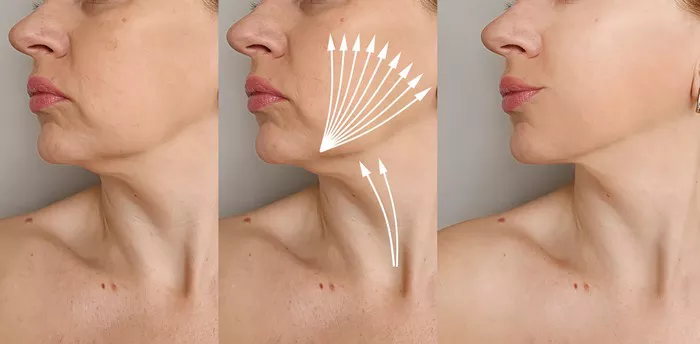Facial reconstruction surgery stands at the intersection of artistry and medical expertise, offering hope and transformation to individuals who have experienced traumatic injuries, congenital anomalies, or medical conditions affecting the face. This intricate field of surgery combines surgical precision with a deep understanding of facial anatomy, psychology, and aesthetics to restore both physical appearance and function. In this article, we delve into the world of facial reconstruction surgery, its significance, the procedures involved, and the impact it has on patients’ lives.
Defining Facial Reconstruction Surgery
Facial reconstruction surgery is a specialized branch of plastic surgery focused on restoring the form and function of the face following trauma, injury, cancer surgery, birth defects, or medical conditions. The primary goal is to rebuild the face’s structure while also addressing aesthetic concerns to help patients regain their self-esteem, confidence, and ability to interact with the world.
The Significance of Facial Reconstruction
Restoring Identity: The face is a central aspect of one’s identity, influencing how we perceive ourselves and how others perceive us. Facial reconstruction helps individuals reclaim their sense of self, enabling them to navigate social interactions more confidently.
Functional Restoration: Beyond aesthetics, facial reconstruction aims to restore vital functions such as breathing, speaking, eating, and sensory perception. For patients with functional impairments due to facial trauma or congenital anomalies, these procedures can be life-changing.
Psychological Well-being: Facial appearance significantly impacts emotional well-being. For patients who have endured facial trauma, cancer surgery, or congenital deformities, facial reconstruction can alleviate psychological distress and improve overall quality of life.
Common Reasons for Facial Reconstruction Surgery
Facial reconstruction surgery may be sought for a range of reasons, including:
Trauma: Facial injuries resulting from accidents, burns, or other traumatic incidents may require surgery to repair fractures, restore tissue, and improve aesthetics.
Cancer Treatment: Surgery to remove tumors, particularly in the head and neck area, often necessitates reconstructive procedures to restore facial structures and functions.
Congenital Anomalies: Individuals born with facial deformities such as cleft lip and palate may undergo multiple reconstruction surgeries to correct these conditions and promote normal development.
Acquired Deformities: Medical conditions like facial paralysis (Bell’s palsy), vascular malformations, and facial asymmetry can be addressed through reconstructive techniques.
Types of Facial Reconstruction Procedures
Bone Reconstruction: For severe facial trauma, bone grafts, implants, and advanced surgical techniques can rebuild facial bone structures, including the skull, jaw, and cheekbones.
Soft Tissue Reconstruction: Procedures involving skin, muscle, and fat grafts can restore the soft tissue layers of the face, improving appearance and function.
Microvascular Surgery: In cases of complex reconstruction, microvascular techniques are used to transplant tissue from one part of the body to the face, often involving the use of blood vessels for reattachment.
Facial Nerve Reconstruction: Procedures to restore facial nerve function after paralysis involve nerve grafts, nerve transfers, or muscle transfers to reanimate facial expressions.
Patient Evaluation and Customized Approach
Each patient’s journey in facial reconstruction is unique. Surgeons work closely with patients to develop a comprehensive plan tailored to their individual needs, taking into account medical history, functional requirements, and aesthetic goals. Communication between patient and surgeon is paramount in achieving successful outcomes.
Emotional and Psychological Considerations
Facial reconstruction surgery is deeply connected to patients’ emotions and psychological well-being. Surgeons often collaborate with psychologists and social workers to provide comprehensive support, addressing the emotional impact of surgery on patients and their families.
The Road to Recovery
Recovery from facial reconstruction surgery involves a healing process that goes beyond physical recuperation. Patients may need to adjust to changes in appearance and function, and post-operative care is crucial to ensuring the best possible outcomes.
Conclusion
Facial reconstruction surgery is a powerful testament to the capabilities of modern medicine and the profound impact it can have on people’s lives. Beyond restoring physical appearance, it restores confidence, dignity, and the ability to face the world with renewed vigor. The collaboration between surgical skill, medical knowledge, and the unique needs of each patient creates a path towards reclaiming one’s identity and embracing a brighter future.


